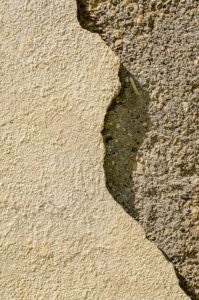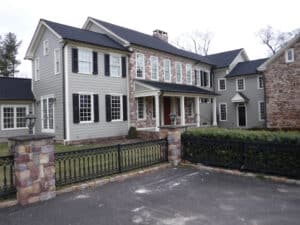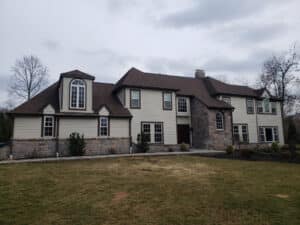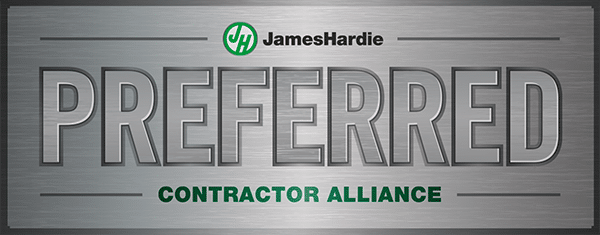 As we age, we grow wrinkles as a sign of life. They’re expected (if not desired). Like skin, stucco is a material that can “wrinkle”, or crack, as it is impacted by various elements. However, not all stucco cracks are created equal. So, why does stucco crack? We’ve broken down the causes into two types.
As we age, we grow wrinkles as a sign of life. They’re expected (if not desired). Like skin, stucco is a material that can “wrinkle”, or crack, as it is impacted by various elements. However, not all stucco cracks are created equal. So, why does stucco crack? We’ve broken down the causes into two types.
Typical stucco cracks and causes:
- Hairline cracks, usually no wider than 1/16” of an inch, often occur as a result of the typical heavy vibrations of construction equipment moving around as stucco is applied to a brand new home.
- Diagonal Cracks: Sometimes, diagonal cracks are caused by standard house shifting over time. These are especially noticeable near doors and windows due to framing. However, if the cracks become larger than 1/8″, they can be a concern.
Atypical stucco cracks and causes:
- Spider Cracks: These spreading cracks often occur as a result of applying stucco in wet weather, or in extreme temperatures. Improper ratios in a stucco mixture can also be a culprit.
- Patterned Cracks: Often appearing as vertical or horizontal lines, or a waffle-like pattern, this type of cracking means that the thick metal wire (lath) used in stucco installation was not properly installed or secured.
- Other/Miscellaneous: Other cracks could be a sign of forgotten materials during installation, such as fiberglass mesh tape, inadequate sealant, or poor maintenance over time.
So, Why Does Stucco Crack?
These stucco cracks can be caused by improper, negligent, or poorly planned installation or a lack of maintenance on your stucco home. Left unremediated, the damage to your home can extend much deeper than unsightly cracks.
Call the Stucco Experts to “Crack” the Case of Your Stucco Cracks!
Now that you know, “Why does stucco crack?” your next step is to look closely at your stucco. If you have concerns about cracks on your stucco home in the Northeast, call Ai Restoration today. We can expertly assess and repair any cracks and remediate any underlying issues.













